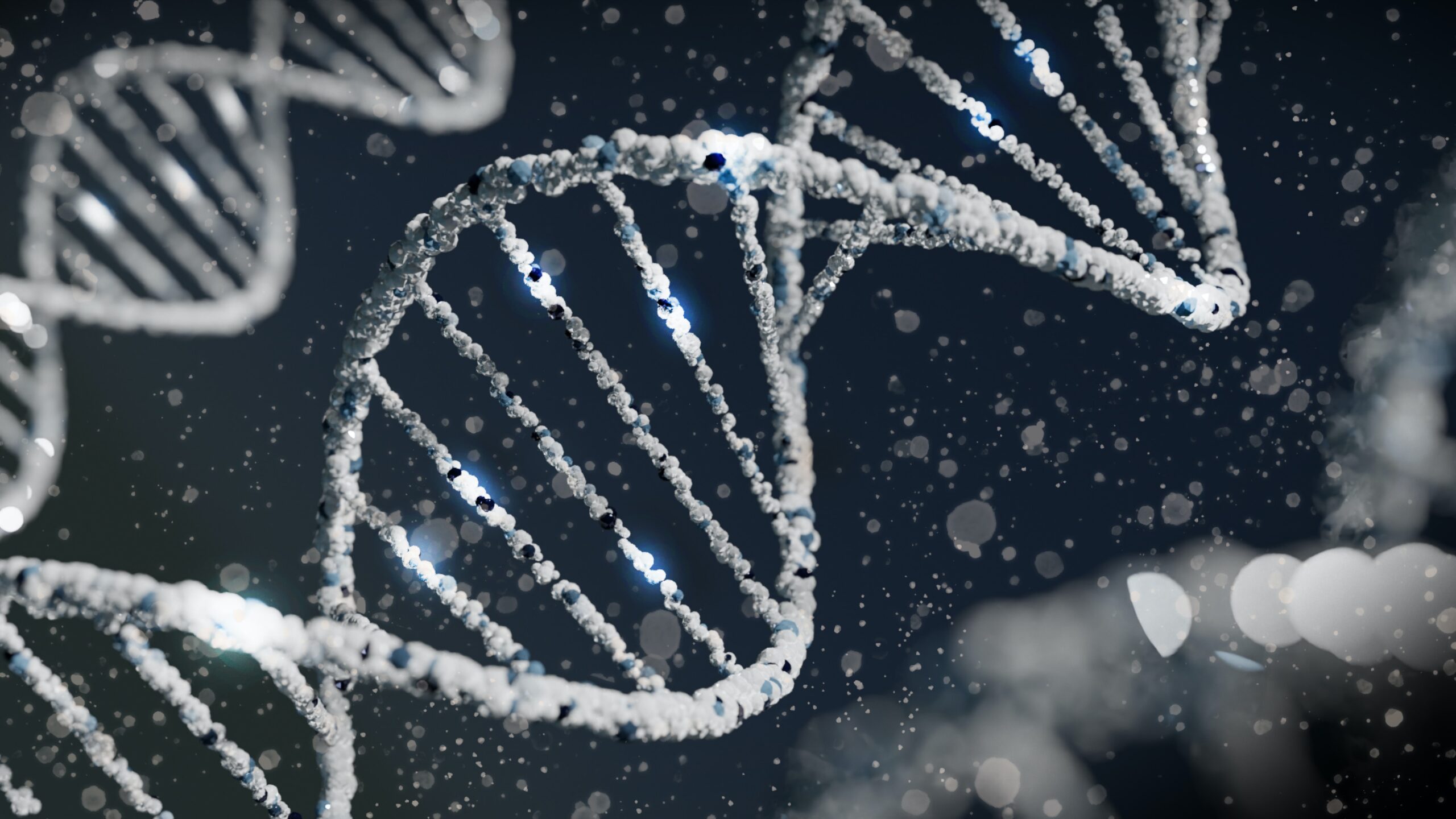
Published May 2023
Summary
Almost two-thirds of people aged 65 and over live with musculoskeletal disease, but current methods of predicting who is most at risk have limited use. Through his DMT-funded PhD, academic clinician Dr Nick Fuggle made an exciting discovery that could help to predict musculoskeletal ageing ahead of time.
A blood test to determine who is at risk of adverse musculoskeletal ageing could help us to intervene earlier.
Dr Nick Fuggle, project lead
Sometimes, the clues to disease in older age can be found earlier in life. This is the principle of our work at the MRC Lifecourse Epidemiology Unit, where our previous director, David Barker, was one of the first to show that conditions in early life can have an enduring effect on long-term health.
As a rheumatology registrar, I’m interested in the determinants of musculoskeletal diseases, which include osteoporosis, osteoarthritis and sarcopenia. These conditions are associated with significant morbidity and mortality and are highly prevalent in the ageing population, with osteoporosis affecting around half of women and one in five men over the age of 50.
Thanks to funding from the DMT, I was able to conduct my PhD research on predictors of musculoskeletal disease in blood. A blood test to determine who is at risk of adverse musculoskeletal ageing could help us to intervene earlier, reducing risk of falls and fractures in later life and helping patients to live better for longer.
The epigenetic clock
To find our predictor, we looked to the epigenome. The epigenome describes the chemical changes that occur to DNA over the lifecourse. These chemical changes, which include methylation, occur in response to certain environmental stimuli and determine whether a gene is switched on or off.
With sophisticated bioinformatics techniques, researchers have found that these epigenetic marks can be used to measure biological age, named the epigenetic clock. We wanted to know whether this epigenetic clock could help us to determine the likelihood of somebody developing musculoskeletal disease, and were lucky enough to have access to the Hertfordshire cohort, a unique study of 3,000 people born between 1931 – 1939, to do so.
The Hertfordshire cohort
My visits to members of the cohort started back in 2017. This epidemiological study involved extensive musculoskeletal phenotyping, including a high-resolution CT scan, known in the field as a virtual bone biopsy as it gives such intricate detail of the bone.
We also performed dual-energy X-ray absorptiometry (DEXA) imaging, which provides measures of fat mass, bone mass and muscle mass, as well as a range of physical performance tests. Over the course of six months, we saw over 220 people.
It was a real privilege to meet people from the cohort, who have contributed so significantly to our understanding of musculoskeletal ageing. They were incredibly generous, keen to help and really engaged with what it meant to be part of the cohort.
We also had access to blood tests taken from the cohort around 20 years ago, which we could use to look at measures of their epigenetic age. By comparing the data from this blood test with the recently collected phenotype data, we could begin to search for predictors of musculoskeletal ageing hidden in the epigenome.
It was a real privilege to meet people from the Hertfordshire cohort, who have contributed so significantly to our understanding of musculoskeletal ageing.
Preventing future disease
Some of the most important skills I learned during my PhD were in bioinformatics. It was thanks to these techniques that I was able to analyse the reams of data we had collected and determine which epigenetic factors might be associated with musculoskeletal ageing.
We found that epigenetic age, and particularly a measure of epigenetic age associated with mortality, was predictive of gait speed and grip strength – both of which are key measures of sarcopenia.
In the future, we may be able to use this information to develop a blood test to identify those most at risk of adverse muscle ageing. This would allow us to intervene with preventative measures, such as increasing protein intake and physical activity to improve muscle mass and strength, reducing the risk of falls and fractures in later life.
A springboard into a new career
Thanks to the support of the DMT, I’m now pursuing a career as an academic clinician, which means I can combine my research in musculoskeletal epidemiology with my clinical work as a rheumatologist.
The training I received in clinical bioinformatics proved to be invaluable, providing a springboard for my ongoing research in musculoskeletal epidemiology and leading to a fellowship at the Alan Turing Institute, where I’m co-organiser of the Clinical AI Interest Group.
Having an understanding of data science and being able to communicate between engineers and clinicians has been crucial, and is only going to become more important as AI starts to be deployed in clinical workflows. I’m immensely grateful to the DMT for providing this training, which has allowed me to establish a new career in this exciting interdisciplinary area of research.
The training I received in clinical bioinformatics proved to be invaluable, providing a springboard for my ongoing research
Find out more
Dr Fuggle received the ESCEO-IOF Pierre Meunier Young Scientist Award in 2022, which is awarded to young investigators who have demonstrated outstanding scientific merit early in their careers.
You can find out more about Dr Fuggle’s research at the University of Southampton website and connect with him on LinkedIn.

